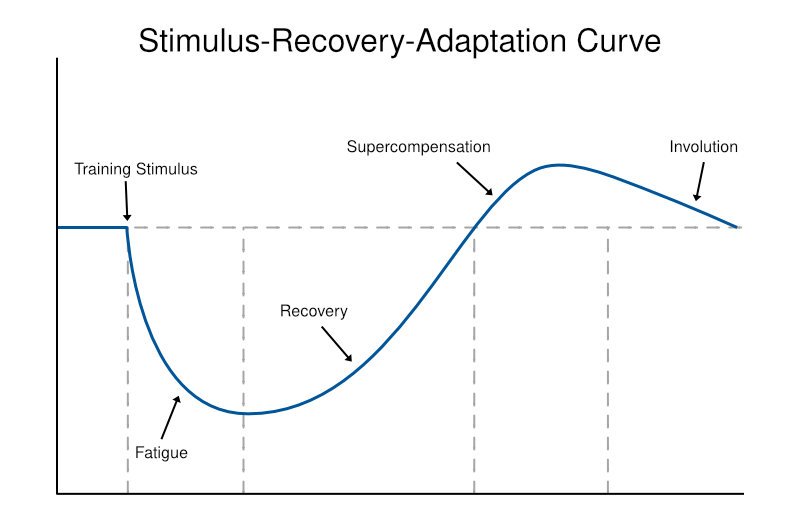Should You Chase Muscle Soreness?
Is the sorer you feel after a training session mean you’re making the best gains and progress in training? This is widely believed as a good indicator of a good training session and progress, but perhaps this isn’t the case…
In fact, could it be the opposite of progress? Could it even be detrimental to your training?
Let’s dive into why sore muscles aren’t ideal and why you shouldn’t be chasing muscle soreness in your training goals.
What Is Muscle Soreness?
Everyone loves the feeling of having a good workout, it shows you have worked hard and gives you the feeling of accomplishment. Sometimes muscles are a little bit tender a day or two after training, other times you struggle to get off the toilet. Some people place a lot of importance on muscle soreness and progression.
Muscles get sore due to the damage induced by training. It may be due to microscopic tears that occur in the muscle and surrounding connective tissues. The sore feeling it gives us after training is called DOMS. This stands for Delayed Onset Muscle Soreness and you will feel it the day or two (or up to three) after a training session. People believe that they must feel this after they train or they have not worked hard enough.
Should muscle soreness be an indicator that we are improving, getting stronger or growing muscle?
How Do We Grow Muscle?
Muscle growth comes from effective training stimuli and proper recovery in order to see great results. The understanding of muscle growth has changed in recent years and has been moving in a different direction. To understand how muscle grows, let’s take a look at the mechanisms behind it.
The 3 mechanisms of growth are:
Mechanical tension - the force that stretches a muscle and is created by using heavy loads
Metabolic stress - the physiological responses that occur in the body due to training
Muscle damage - micro-tears that occur in the muscles
Many people believe that training should encompass all three, however, research is moving towards mechanical tension as the main driver of growth and we don’t want the main focus to be muscle damage.
This will occur as a product of hard training, of course, but we should not be specifically training to damage the muscle to stimulate growth and feel super sore after each session.
The reason for this is too much damage will damage your progress because the muscle cannot replenish growth, it simply can’t keep up with the rebuilding process if too much damage has occurred in the muscle.
Why Too Much Muscle Damage Is Not Ideal
Hard training must happen in order to create change in the body, to stimulate and grow. If we don’t work hard enough then we won’t see any real progress or change. The growth doesn’t actually happen when we are pumping out those reps in the gym. During training we are putting a strain on our muscles. The growth then happens when we allow our muscles, tendons and joints to recover and then we adapt, or we get better (hopefully!).
The best training programs will take into consideration the optimal amount of volume that will elicit a response but also allow recovery before the next training session. The cycle of training, creating fatigue, recovering and improving is called the SRA - Stimulus Recovery Adaptation Curve.
Take a look at the chart below. You can see there is a baseline and recovery is what takes you back to that baseline.
Adaptation is when your body exceeds the previous baseline and you have improved in performance or gained muscle. Recovery allows for adaptation, at the end of the day you want to get better and adapt and recovery will allow you to do so.
Different muscles will have different SRA curves depending on size, function, how much damage etc. In a perfect world, you would train again at the peak of the curve, this isn’t always going to happen but it’s why good, well-thought programming will try and achieve this. You can go deep into the SRA curve and geek out on this topic but generally, it’s just good to be aware of.
Reasons DOMS Affects People Differently
DOMS is not going to affect everyone the same, it is quite an individualised thing and there are a few factors that can determine this. This is why we shouldn’t be comparing ourselves to others. Some people can handle more training volume than others. Below are some of the factors that you should be aware of.
Training methods
Training age
Diet
Recovery and sleep
Genetics
The Takeaway
Everyone will be affected by DOMS differently. It shouldn’t be taken as a reliable indicator of progression. You should be focusing on progressing in your training by increasing volume and hitting bigger numbers. Maybe focus on getting better range of motion and improving form. Focus on good recovery in your nutrition and sleep habits.
The takeaway here is to stop being so concerned that you aren’t sore therefore you didn’t work hard enough or your training is redundant and no longer effective.
How sore you feel also depends on how experienced you are in training and how hard a program is. The more you train, the less sore you’re going to feel. It doesn’t mean you aren’t improving.
Muscle soreness shouldn’t be taken as an indicator of progression. You should be focusing on progressing in your training through other methods and not chasing muscle soreness every time you train.



